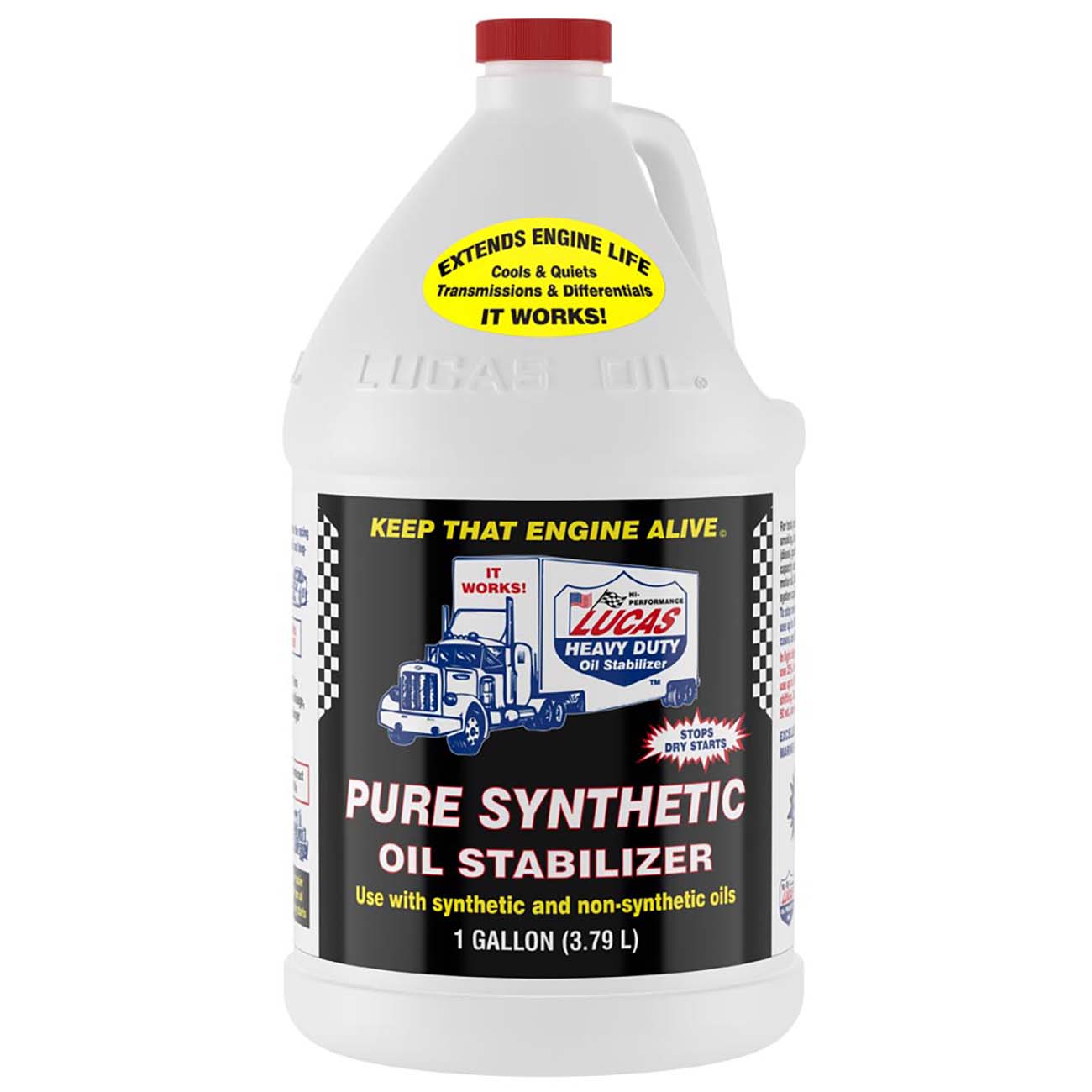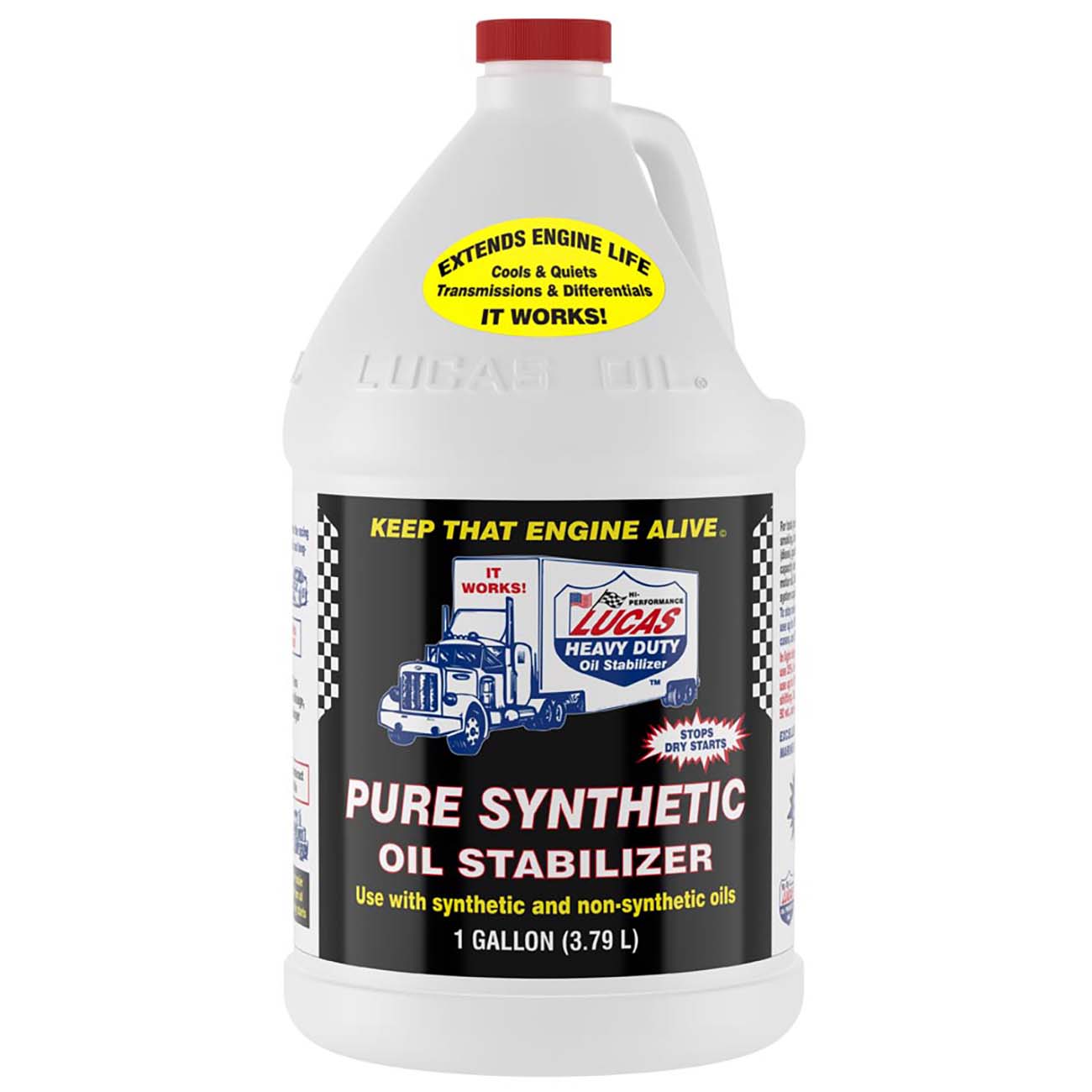Answer
Aug 21, 2024 - 07:39 AM
Using Lucas Oil Synthetic Heavy Duty (H/D) Oil Stabilizer can be beneficial in various situations, depending on the condition of your engine and your specific needs. Here are some scenarios when it might be advisable to start using this product:
1. High-Mileage Engines- When to Start: If your vehicle has a high-mileage engine (typically over 75,000 miles), it might benefit from the added protection and lubrication that Lucas Oil Synthetic H/D Oil Stabilizer provides. High-mileage engines often experience increased wear and tear, and this product can help reduce friction, improve lubrication, and minimize engine noise.
- When to Start: If you regularly operate your vehicle under extreme conditions, such as towing, heavy hauling, or driving in very hot or cold climates, using the stabilizer can help protect your engine from the additional stress. It can also help maintain oil viscosity and performance in extreme temperatures.
- When to Start: If your engine is burning oil or consuming oil at a higher rate than normal, adding Lucas Oil Synthetic H/D Oil Stabilizer can help reduce oil consumption by improving the seal around piston rings and reducing blow-by.
- When to Start: If you notice increased engine noise, especially from the valve train, using the oil stabilizer can help reduce noise by providing additional cushioning and lubrication to the engine components.
- When to Start: For preventive maintenance, you can start using Lucas Oil Synthetic H/D Oil Stabilizer at any point, especially if you want to extend the life of your engine or enhance the performance of the oil. It’s often used at the time of an oil change, mixed with your regular motor oil.
- When to Start: Older engines, particularly those that may not have been well-maintained, can benefit from the extra protection provided by the stabilizer. It can help restore some of the lost performance and protect against further wear.
- When to Start: Lucas Oil Synthetic H/D Oil Stabilizer is compatible with synthetic oils, so if you're already using synthetic oil in your engine, you can start adding the stabilizer to enhance the oil's protective qualities.
- Oil Change: The stabilizer is typically added during an oil change. Replace a portion of the engine oil with the stabilizer—usually about 20% of the total oil volume, although you should refer to the product instructions for specific guidance.
- Topping Off: You can also add the stabilizer when topping off your oil between changes if you notice any of the above issues.
It’s advisable to begin using Lucas Oil Synthetic H/D Oil Stabilizer in high-mileage engines, under extreme operating conditions, when experiencing oil consumption or engine noise issues, or as part of a preventive maintenance routine. Always follow the manufacturer’s guidelines for the correct usage and proportions.





Add New Comment